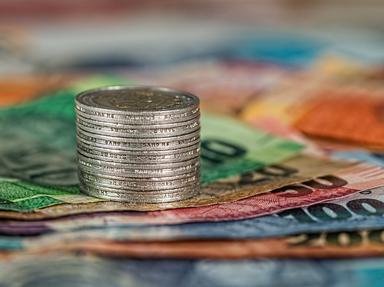Quiz Answer Key and Fun Facts
1. In 1849 the first step was taken to introduce decimal coinage in the UK. What denomination coin was first struck in that year?
2. Last issued for general circulation in the 1850s, what silver coin was worth four pence?
3. What is unusual about the figure of Britannia on the florins of King Edward VII?
4. In what British city, other than London, were British coins struck in the period from 1912 to 19?
5. What was the last year in which British "silver" coins struck for general circulation actually contained any silver?
6. What bird appeared on the reverse of the farthing from 1937 onwards?
7. What was the Latin inscription around the edge on the £1 coin which was introduced in 1983?
8. What is the face value of a set of Maundy coins?
9. What inventor of the industrial revolution was commemorated on the 2004 £2 coin?
10. What is currently the highest value legal tender coin?
Source: Author
ancientnav
This quiz was reviewed by FunTrivia editor
WesleyCrusher before going online.
Any errors found in FunTrivia content are routinely corrected through our feedback system.
